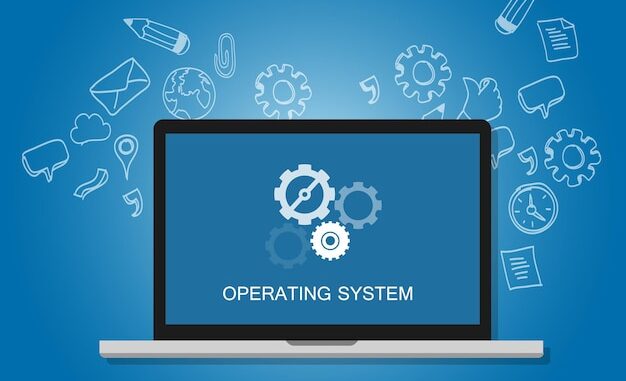
Operating systems are big, complicated systems that can only be made by breaking them up into smaller components. These components ought to be a well defined component of the system, with inputs, outputs, and functions precisely stated.
![]() The majority of operating systems have similar OS system components, including file, memory, process, and I/O device management, despite the differences in structure between Windows, Mac, UNIX, Linux, and other OS. An operating system’s components are essential to the operation of many computer system components. An operating system consists of the following parts, including: File Management and Process Management Administration of Networks Management of Main Memory Management of Secondary Storage Components of the operating system assist you with I/O Device Management, Security Management, and Command Interpreter System.Management of Processes The operating system’s process management component is a method for overseeing numerous processes that are executing concurrently. Every software application program that is now executing has one or more related processes. For instance, a process for the browser application is running while you use a search engine like Chrome. Process management maintains the effectiveness of processes. Additionally, it makes use of the memory allotted to them and shuts them down as necessary. At least one command must be carried out on behalf of the process in order for it to execute sequentially.A group of computers or processors that never share a clock or memory is called a distributed system. All of the processors in this kind of system have local memory, and they can communicate with one another.
The majority of operating systems have similar OS system components, including file, memory, process, and I/O device management, despite the differences in structure between Windows, Mac, UNIX, Linux, and other OS. An operating system’s components are essential to the operation of many computer system components. An operating system consists of the following parts, including: File Management and Process Management Administration of Networks Management of Main Memory Management of Secondary Storage Components of the operating system assist you with I/O Device Management, Security Management, and Command Interpreter System.Management of Processes The operating system’s process management component is a method for overseeing numerous processes that are executing concurrently. Every software application program that is now executing has one or more related processes. For instance, a process for the browser application is running while you use a search engine like Chrome. Process management maintains the effectiveness of processes. Additionally, it makes use of the memory allotted to them and shuts them down as necessary. At least one command must be carried out on behalf of the process in order for it to execute sequentially.A group of computers or processors that never share a clock or memory is called a distributed system. All of the processors in this kind of system have local memory, and they can communicate with one another.
A communication network, which can be configured in a variety of ways, connects the computers in the network. In network management, the network can connect fully or partially, assisting users in creating routing and connection plans that solve security and connection problems.
Network management functions
Among the services that network management offers are:
You can access a range of computer resources in terms of size and functionality with the aid of distributed systems. Minicomputers, microprocessors, and numerous general-purpose computer systems may be involved.
The user can also access the different resources that the network shares in a distributed system.
It facilitates access to shared resources that provide data availability and dependability or speed up computation.
Management of main memory
The vast array of storage or bytes that makes up main memory has an
